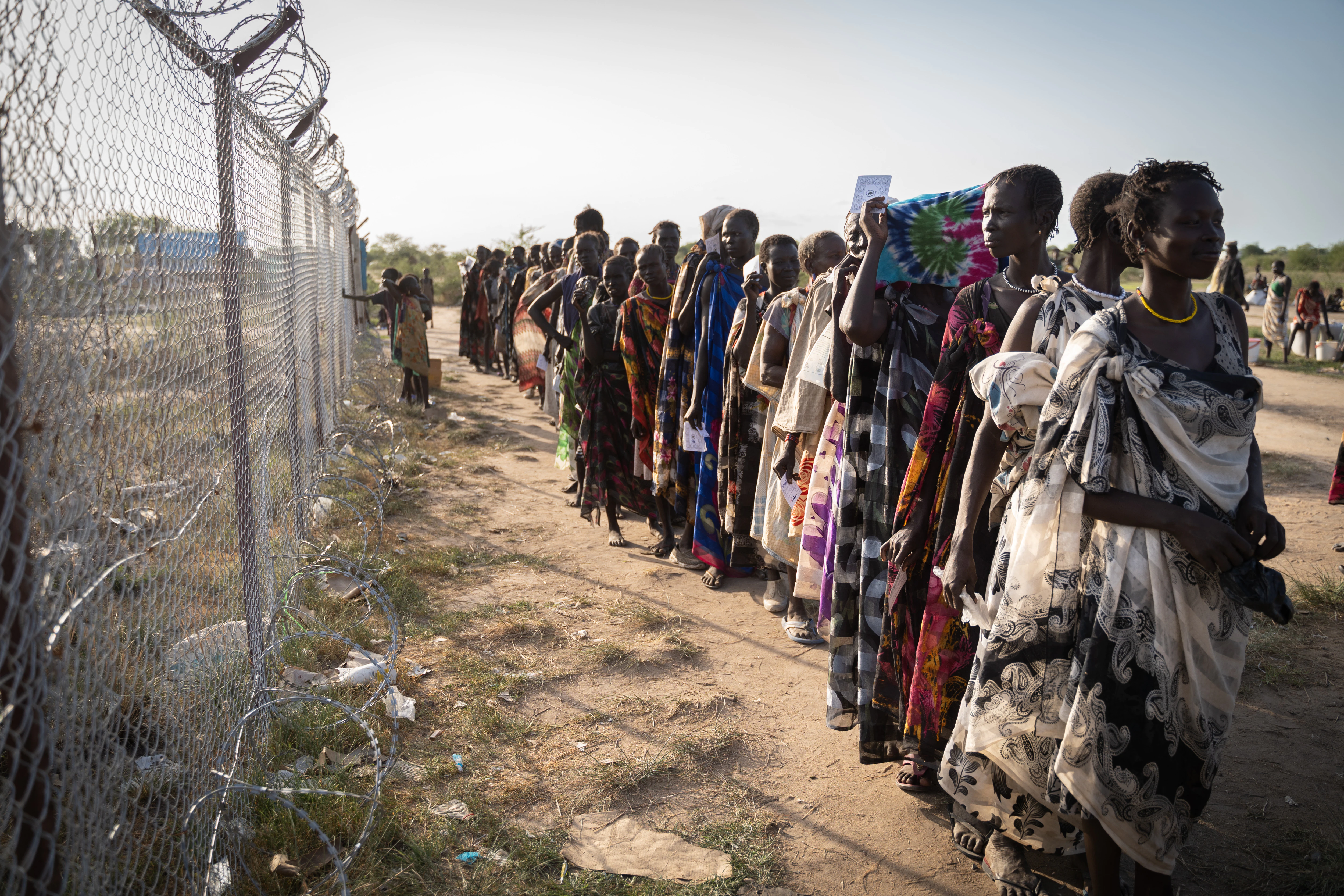The United Nations said Monday that global hunger grew dramatically in 2020, due in large part to the effects of the COVID-19 pandemic on the cost of and access to food.
“The reality is worse than expected,” World Food Program chief economist Arif Husain said. “In one year alone, the number of people in the grip of chronic hunger has risen more than in the previous five years combined.”
In its annual report on the State of Food Security and Nutrition, complied by five U.N. agencies, the findings were stark: Nearly one in three people across the planet — 2.37 billion people — did not have access to sufficient food last year, an increase of almost 320 million people in a single year. Reversing such high levels of chronic hunger could take decades.
The U.N. is also concerned this will take the world further off course for reaching the goal of eliminating hunger and malnutrition by 2030. The report warns that 660 million people may still face hunger by that target date, in part due to the lasting implications of the pandemic. The U.N. said that is 30 million more people than if the pandemic had not happened.
“If this is not a wake-up call, I don’t know what is,” said David Beasley, executive director of the World Food Program.
Asia and Africa have been hit hardest.
“More than half of the world’s undernourished live in Asia — 418 million — and more than one-third in Africa — about 282 million,” said Qu Dongyu, director- general of the Food and Agriculture Organization.
Children have been especially affected. Millions have been deprived of school lunches, due to closures during the pandemic. For many, this is their only reliable daily meal.
Stunting and wasting in children were up last year, as was being overweight — an effect of poor nutrition.
In addition to COVID-19, conflict, and the impact of climate change on agriculture also affected the global food supply.
In all, the U.N. has said some 41 million people in 43 countries are on the brink of famine, and it will not take much to push them over the edge.
“To think we are going to end hunger by 2030, that’s not even possible given the direction, the trajectory that we are on now,” Beasley said. “If we don’t address these issues in a very serious way, you are going to have mass famine, destabilization of nations and mass migration.”














































